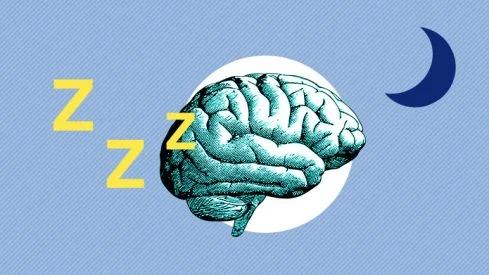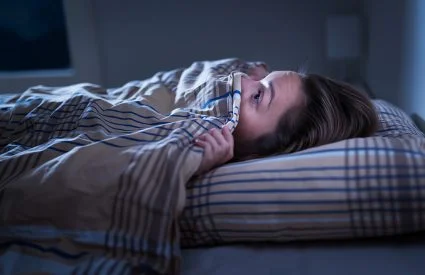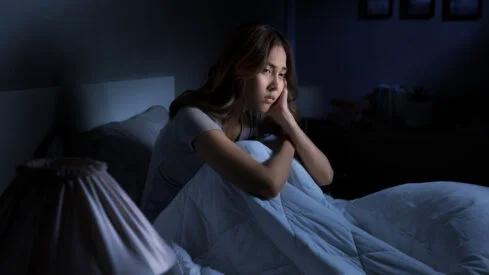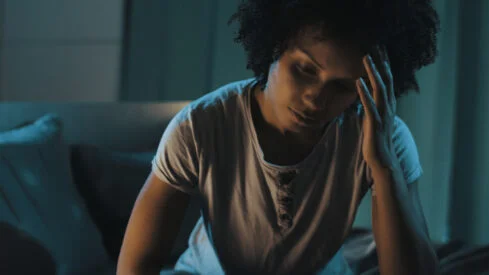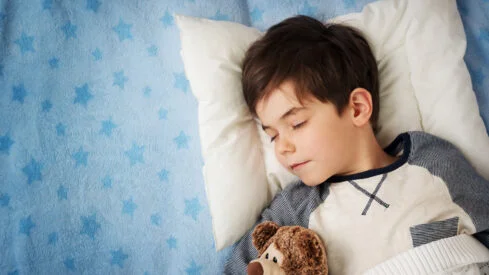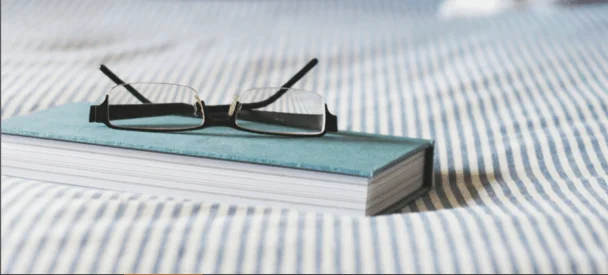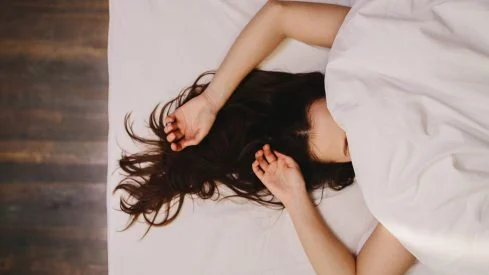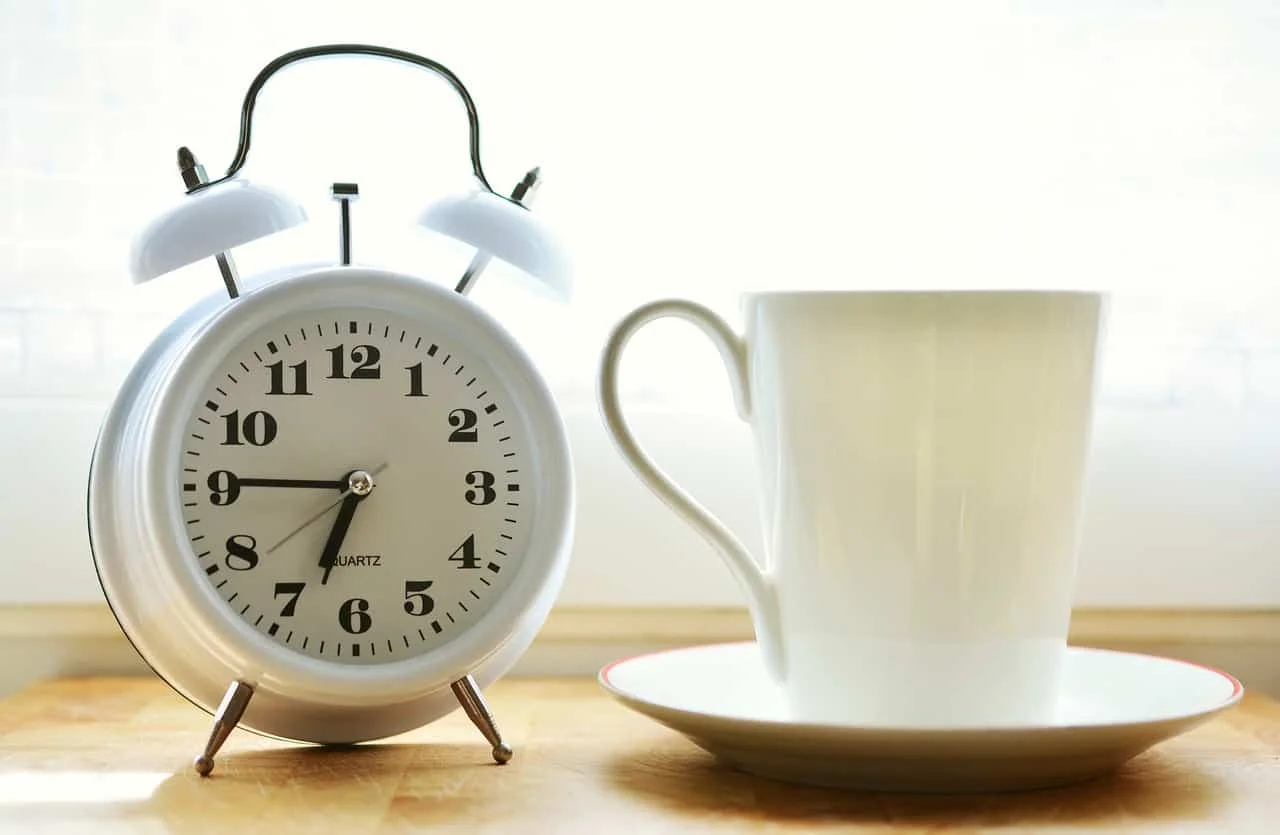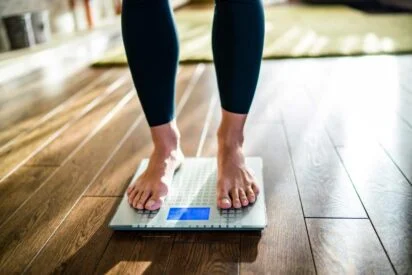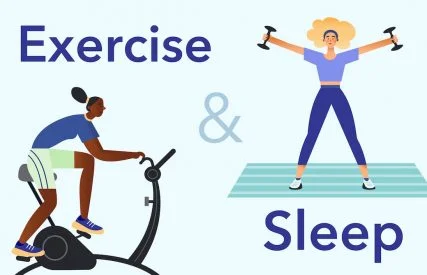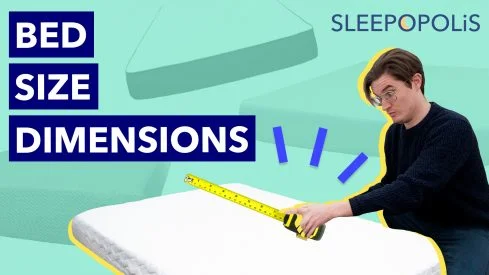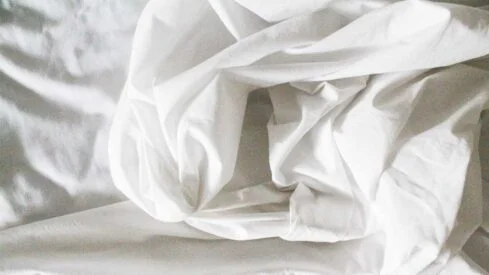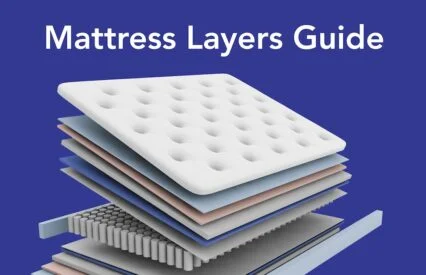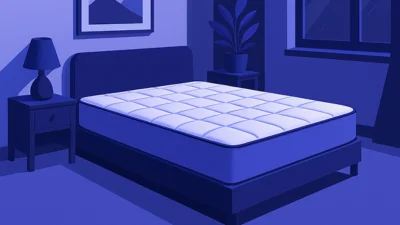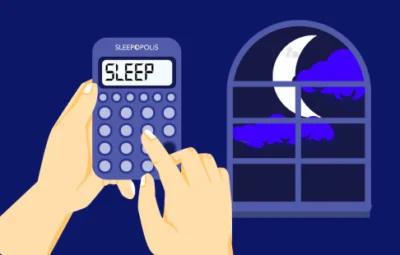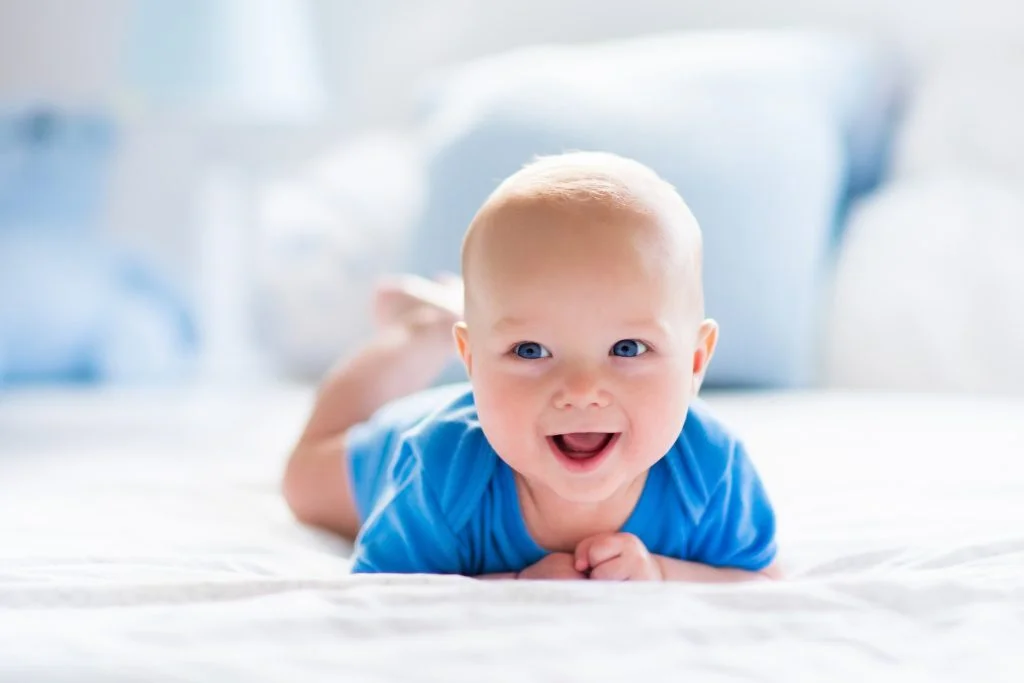
Babies are finicky little creatures — I know because I have had five of them. One wants a sound machine, another thinks it’s terrifying. One wants a paci, the other gags if you try it. So, when you do find something that works to get your baby to fall and stay asleep, it becomes something you swear by, and don’t want to give up. After all, the whole family’s rest and therefore stress levels depend on it.
But recently, parents are finding themselves in a baby sleep gear conundrum, as major retailers have stopped selling multiple brands of weighted blanket products. This comes after a multi-year discussion around the safety of weighted sleep sacks, blankets, loveys, and similar products. Multiple governing health bodies, including the Centers for Disease Control and Prevention, the National Institutes of Health, the American Academy of Pediatrics and the Consumer Product Safety Commission have warned against the use of weighted sleep products for babies. But, Dreamland Baby Co., one of the most popular companies making these products, is suing the CSPC, claiming there is no evidence that they are harmful. So, as parenting data scientist and author Emily Oster put it, parents are left to weigh a theoretical risk without evidence either way.
This is leaving some parents to replace their baby’s weighted sleep products with unweighted alternatives, and also to have to soothe them to sleep without a product they’ve been relying upon. This can be a bit daunting for parents who were in a routine, but now want to change it to align with the new recommendations. In addition, parents who were previously going to buy a weighted product through a major retailer like Amazon, Target, and others, might now not be able to since they halted sales in late April.
So, we chatted with Dr. Jodi Mindell, a professor of psychology at Saint Joseph’s University. She is a clinical psychologist specializing in pediatric sleep medicine. She is also the chair of the Pediatric Sleep Council which provides publicly available information about infant and toddler sleep. Mindell has specific tips, tricks and considerations for parents considering switching from weighted sleep products, to get everyone back to sleep.
Transitioning From Baby Gear Is Normal Anyway
“At some point every baby needs to transition out of anything weighted, even before these recommendations, especially when they are ready to roll over, as we don’t want to impede motor development,” Mindell says. “There’s always been a concern about whether or not it increases risk of SIDS or suffocation…but there’s also no evidence that anything weighted improves sleep. So, parents don’t need to feel they’ve lost this opportunity.” She adds that babies used to it might have a transition time, which they have to do at some point.
Some Transition Challenges Don’t Predict Future Sleep
In the throes of sleep training and struggles, parents can feel like it will always be this exhausting. But, that’s not necessarily true. “It doesn’t mean they will now be a terrible sleeper,” Mindell reassures parents. Just as you can likely sleep without a weighted blanket, so will your child. She also sometimes sees parents concerned about helping their babies sleep longer or deeper, but that it’s natural for them not too — after all, infants have to wake up to eat multiple times per night.
“That is actually counter to safety — sleeping too deeply is when a baby gets in trouble,” she says. “We want babies to arouse quickly if there’s a problem. I think parents need to change ‘sleeping like a baby’ and ‘sleeping well’ is not that they fall asleep and are deeply asleep for hours and hours and hours. It may be good for the parent but might not be good for the baby.”
Use Sleep Sacks to Your Advantage
“I’m a big proponent of sleep sacks and having babies grow up with sleep sacks, so when they’d like to become little climbers, the sack makes it so they can’t lift their little legs,” she says. “It’s hard to get a toddler to wear a sleep sack unless they’ve always been wearing one.” She says people can try it all in one night, or transition from a weighted sleep sack to a regular one. “For safety reasons, we’d like them to transition them right away. But if you need a few days to do it, you can.”
Younger babies can also use a variety of prewrapped swaddles, or can be swaddled with a lightweight blanket as well.
Transition at Bedtime First
She recommends teaching them how to fall asleep without the weighted sack on, and putting it on only when they wake in the middle of the night and need to go back to sleep, for a few days. Then, they can gradually move to not using it. “That’s what we do in many things when you want a change at bedtime,” she says. “I always recommend starting at bedtime first…it’s not the middle of the night.”
Don’t Introduce New Sleep Crutches
If you weren’t already sitting in the room while the baby falls asleep, don’t introduce it now, Mindell says. But if you did, you can put your hand on their back in place of a weighted sleep sack. “I wouldn’t introduce that [if you weren’t in the room] because then you’ll have a new habit you’ll have to ease yourself off of.”
But, bedtime routines are a must, from reading or bathtime to songs and baby massage — the choice is yours, but the rhythm and consistency can help babies calm and know what to expect. Mindell reminds parents not to overcomplicate it, and to focus on the basics of baby sleep, and their safety, for a good night for all.
Sources
Mindell, Jodi. Author interview. May 2024.
